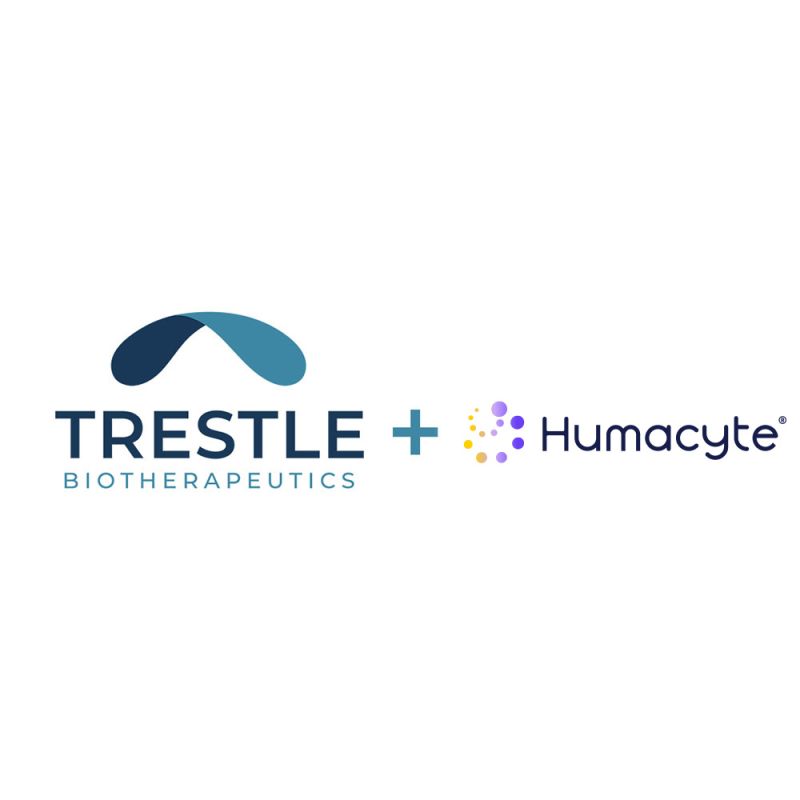
It is always hard to see your loved one going through several trial-and-error rounds of medication. A few years ago, I had also seen it. The process was slow and emotionally draining. After several rounds of it, the right treatment came but only after the long painful process. It is not only painful for the patient but also painful for everyone around them. The helplessness they feel cannot be expressed through words.
And this is why I was amazed by the new development of 3D-bioprinted human kidney tissue, brought up by a California-based startup, Trestle Biotherapeutics in 2025. This new innovation feels surreal, it feels like something made straight out of a science fiction film.
This tissue is not just made for research purpose but they are actually used for clinical trials. They act like real ones too. This have been marked as one of the most significant turning points in personalized medicine and drug testing. The use of human-like tissue that actually mimics the real organ function in response to drugs has got the potential to replace the long trial-and-error methods of pharmaceutical development. It could really accelerate the pace of clinical research, reduce costs and most importantly save human lives.
Despite technological growth, patients frequently have to go through multiple prescriptions before finding one that works with minimal side effects. For some, like those battling chronic or life-threatening diseases, this trial process can take years and come with painful setbacks. This bio printed tissue steps in to bring the complexity and individuality of real human biology into the lab without actually involving an actual human body.
What Makes Trestle Biotherapeutics’ Breakthrough So Important?
This bio printed kidney models do not just look like real tissue, they act like it. They metabolize drugs, respond to stimuli and even show side effects, so much like the human organs they are modelled after. Trestle’s innovation lies not just in printing kidney-shaped tissues but in engineering living and functional human tissue that behaves like the real kidney cells.
What excites both researchers and clinicians most about this breakthrough are its features:
- Faster & safer clinical trials: Clinical trials are often time consuming, traditionally. But this new innovation is less time consuming and it is much safer. The risks followed are very less too. With bio printed human tissues researchers can assess a drug’s effectiveness on a realistic human model immediately. Many promising drugs have got discarded because their toxicity or side effects are discovered too late. If a drug can be tested on bio printed human tissue that reacts realistically, those risks can be avoided. This makes the process safer for the patients. This means that they can detect organ-specific damage, metabolic issues or unwanted immune responses before a drug ever reaches a human volunteer.
- Ethical progress: The most ethical breakthrough of all perhaps is the ability to eliminate animal testing. For decades, medicines have been tested on animals and many has proved to be failure as animal organs behave differently from human ones and thus gives inaccurate results. With human bio printed tissues, laboratories can obtain truly human-relevant data without harming animals. Thus, bio printed tissues could drastically cut down on animal testing. Instead of subjecting animals to experimental trials, researchers can use human-based models. This shift not only improves accuracy but also aligns medical research with modern ethical standards.
The New Era for Health Tech Systems
This is not just about better medicine but it is also about completely reimagining healthcare. Imagine walking into a hospital where your treatment plan is not based on guesswork. Instead, doctors have already tested every possible medication on a printed version of your own tissue. They know exactly what will work, what won't, and what might cause side effects all before you take your first medication. This technology is not merely a dream and it actually exists today. Companies like Trestle are proving that it works. The only question is how quickly we embrace it.
Healthcare systems that adopt bioprinting now will lead the future. Billions are wasted every year on failed drugs that could have been identified as ineffective much earlier with the help of bio printed tissue testing. Every day when we delay this adoption or implementation, it means more patients will have to suffer through unnecessary treatments, more animals used in testing and more money wasted on predictable failures.
Implementing this technology will require collaboration among scientists and healthcare providers. And the direction is clear: bioprinting will soon become an essential part of a modern, integrated health tech system where biology, technology, and data work will blend together to improve patient outcomes.
The future of healthcare can be said as mainly existing in 3 P’s- personalization, precision and prevention.
So, what are your thoughts on this new development?

The Support That Kept Me Going When I Wanted to Stop

Building Trust in HealthcareTech: Why Trust Matters More Than Technology

The Hidden Skill Every Startup Owner Needs to Succeed
